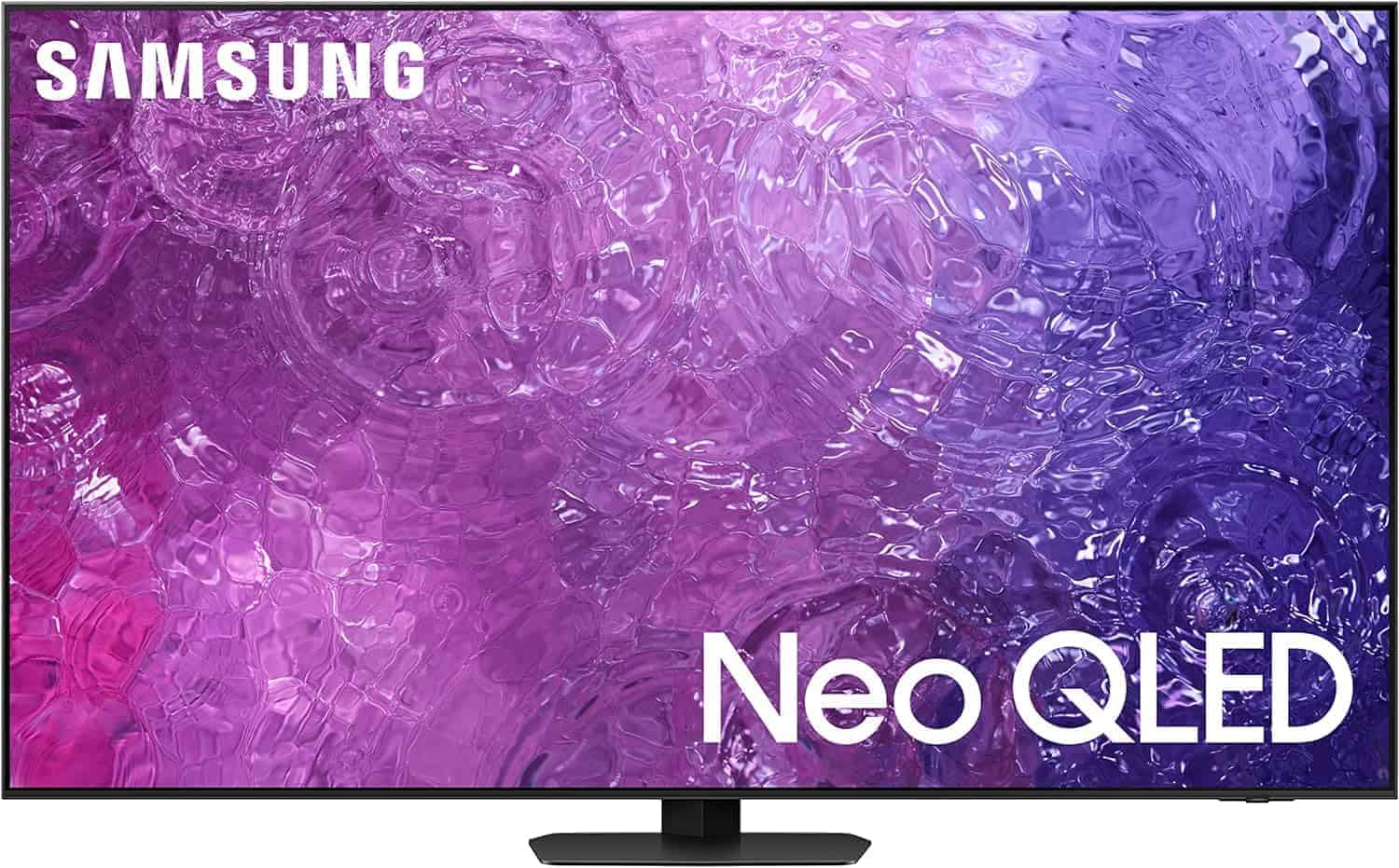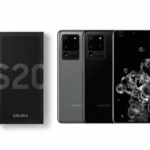TV shoppers often face a choice between QLED and UHD displays. These terms can be confusing, but they refer to different aspects of TV technology. QLED is a type of display that uses quantum dots for better colors, while UHD describes the screen resolution.
QLED TVs offer bright, vivid colors and work well in sunny rooms. They use a special layer of tiny particles to enhance the picture. UHD, short for Ultra High Definition, means the TV has at least 3840 x 2160 pixels. This high pixel count gives sharp, detailed images.
Both QLED and UHD TVs can provide great picture quality. The best choice depends on your viewing habits and room setup. QLED shines in bright spaces, while UHD excels in showing fine details on large screens.

Choosing Your Next TV: Unraveling QLED and UHD
Understanding UHD (Ultra High Definition)
UHD, often used interchangeably with 4K, primarily refers to resolution. A UHD TV boasts a resolution of 3840 x 2160 pixels, four times the number of pixels in a standard Full HD (1080p) TV. This results in a sharper, more detailed picture, especially noticeable on larger screens.
Exploring QLED (Quantum Dot Light Emitting Diode)
QLED is a display technology that utilizes quantum dots—tiny nanoparticles that emit light when stimulated. These quantum dots enhance the color and brightness of the image, leading to a more vibrant and lifelike picture.
Key Differences: QLED vs. UHD
| Feature | QLED | UHD (4K) |
|---|---|---|
| Resolution | Typically offers UHD (4K) resolution, but can also be found in lower resolutions | Defines a resolution of 3840 x 2160 pixels, four times that of Full HD (1080p) |
| Color | Wider color gamut and improved color accuracy due to quantum dots | Standard color reproduction, though some UHD TVs may use enhanced color technologies |
| Brightness | Higher peak brightness levels, ideal for HDR content and bright rooms | Varying brightness levels, depending on the specific model and backlight technology |
| Contrast | Improved contrast due to better control of light and color | Varying contrast levels, depending on the specific model and backlight technology |
| Viewing Angle | Wider viewing angles, maintaining picture quality from various positions | Generally good viewing angles, but can vary depending on the panel type |
| Price | Generally more expensive than standard UHD TVs | More affordable option, with prices varying depending on features and brand |

Making the Choice: Which is Right for You?
UHD is a great option for those seeking a sharper, more detailed picture without breaking the bank. QLED, on the other hand, delivers a superior viewing experience with enhanced colors, brightness, and contrast, making it ideal for movie buffs and those who crave the best picture quality.
Key Takeaways
- QLED enhances color, while UHD refers to resolution
- QLED TVs perform better in bright rooms
- UHD offers sharp details on big screens
Exploring Display Technologies
TV screens have come a long way. New tech makes colors brighter and images sharper. Let’s look at some key display types and how they work.
Quantum Dot Technology in QLED TVs
QLED TVs use tiny particles called quantum dots. These dots light up when hit with energy. They make colors more vivid and bright. Samsung is known for QLED TVs.
QLED screens can show a wide range of colors. This is called a large color gamut. They also get very bright. This helps with HDR (High Dynamic Range) content.
Quantum dots are added to the TV’s LED backlight. This boosts the color and brightness of LCD screens. The result is a picture that pops with rich hues.
LED, LCD, and OLED Explained
LED and LCD often go together in TVs. LCD stands for Liquid Crystal Display. It uses crystals to control light. LED lights shine through the crystals to make the picture.
OLED is different. It stands for Organic Light-Emitting Diode. Each pixel in an OLED TV makes its own light. This allows for deep blacks and high contrast.
LED-LCD TVs are usually cheaper than OLED. But OLED offers better picture quality in dark scenes. QLED tries to match OLED’s quality while using LED tech.
Advancements in Ultra High Definition Displays
UHD, or Ultra High Definition, refers to very high resolution. 4K UHD has four times the pixels of Full HD. This means sharper images, even on big screens.
8K UHD takes this even further. It has 16 times the pixels of Full HD. But there’s not much 8K content yet.
UHD TVs often come with other upgrades. These can include better color, HDR, and faster refresh rates. The goal is to make the picture as lifelike as possible.
Image Quality and Performance
QLED and UHD TVs offer different levels of picture quality. Each type has its own strengths in resolution, brightness, color, and viewing angles.
Resolution, Brightness, and Color
Both QLED and UHD TVs can display 4K resolution. This means they have 3840 x 2160 pixels, which is four times more than Full HD. The extra pixels make images sharper and more detailed.
QLED TVs often have higher brightness levels than UHD TVs. This makes them better for bright rooms. They can show brighter whites and more vivid colors.
QLED screens use quantum dots to produce colors. This technology helps them show a wider range of colors than most UHD TVs. The result is more lifelike and vibrant images.
High Dynamic Range and Color Handling
HDR improves the contrast and color range of TVs. Both QLED and UHD TVs can support HDR, but QLED models usually do it better.
QLED TVs can display deeper blacks and brighter whites at the same time. This creates a more realistic picture with more depth.
The quantum dots in QLED TVs also help with color accuracy. They can show more shades of each color, making the picture look more natural.
Comparing Viewing Angles and Experience
Viewing angles can affect how a TV looks from different spots in a room. UHD TVs often have better viewing angles than QLED TVs.
On a UHD TV, the picture usually stays clear when viewed from the side. QLED TVs may lose some color and brightness when not viewed straight on.
For the best viewing experience, QLED TVs work well in rooms where people sit directly in front of the screen. UHD TVs are better for wider seating arrangements.
Motion blur can be an issue on some TVs. Both QLED and UHD models have ways to reduce this, but high-end QLED TVs often perform better with fast-moving images.
Technological Features and User Experience
QLED and UHD TVs offer unique features that affect how users watch TV and play games. These TVs differ in their smart functions, gaming performance, and energy use.
Smart Functions and Connectivity
QLED and UHD TVs come with built-in smart features. They let users access streaming apps like Netflix and Hulu without extra devices. Many of these TVs have voice control through assistants like Alexa or Google Assistant.
Samsung’s QLED TVs often have more advanced smart features. Their Tizen operating system is easy to use and has many apps. UHD TVs from other brands may use different systems like Android TV or webOS.
Both types usually have multiple HDMI ports. This lets users connect game consoles, cable boxes, and other devices. Wi-Fi and Bluetooth are also common, allowing wireless connections to speakers or phones.
Gaming and Entertainment Performance
For gamers, QLED TVs often have an edge. They typically offer faster refresh rates, which can make games look smoother. Many QLED TVs have 120Hz refresh rates, while some UHD TVs are limited to 60Hz.
Input lag is another key factor for gaming. This is the time between pressing a button and seeing the action on screen. Both QLED and high-end UHD TVs can have low input lag, which is great for fast-paced games.
For movies and TV shows, both types can offer great picture quality. QLED TVs often have brighter screens and more vivid colors. This can make them better for bright rooms. UHD TVs can still provide excellent picture quality, especially in darker rooms.
Energy Efficiency and Durability
Energy use is a concern for many TV buyers. QLED TVs often use more power than standard UHD TVs. This is because they need extra energy to power the quantum dot layer that gives them their bright colors.
UHD TVs, especially those with LED backlights, can be more energy-efficient. This might lead to lower electricity bills over time.
Durability is similar for both types. QLED TVs don’t have burn-in issues like OLED TVs do. This means static images won’t leave marks on the screen. UHD TVs also resist burn-in well.
Both types can last for many years with proper care. The lifespan often depends more on the brand and model than on whether it’s QLED or UHD.







